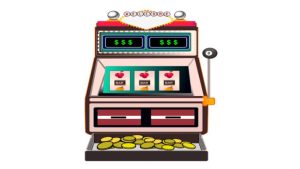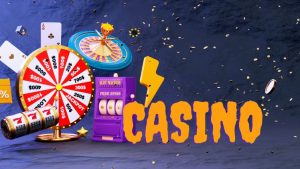Slot machines come in countless shapes, sizes, and themes – but they aren’t all created equal when it comes to payout potential. Savvy players know how to leverage key slot machine metrics like return-to-player (RTP) percentages and volatility to zero in on the games that offer the best odds and biggest payouts. This article will teach you how to interpret RTP and volatility data to your advantage on such platforms as Unibet.
Demystifying Return to Player (RTP)
RTP stands for “return to player” and indicates how much money the slot pays back over an extended period of time. Expressed as a percentage, RTP tells you your overall expected payout across hundreds of thousands – or even millions – of spins.
Here’s what that percentage means:
- RTP of 92%: For every $100 wagered, the slot pays back $92 on average
- RTP of 95%: For every $100 wagered, the slot pays back $95 on average
- RTP of 97%: For every $100 wagered, the slot pays back $97 on average
So the higher the RTP, the lower the house edge. By playing slots with 97% RTP, you’ll lose less money in the long run compared to those with 92% RTP.
| RTP % | House Edge |
| 97% | 3% |
| 95% | 5% |
| 92% | 8% |
Of course, RTP still doesn’t guarantee wins in the short term. You could play a 97% RTP slot and lose on 70 spins then win big on the 71st. But your chances look better over thousands of spins.
Factoring in Volatility
A slot’s volatility indicates how often it pays out and the size of the payouts. Low, medium, and high volatility slots have distinct behaviors:
Low Volatility
- Pays out frequently but lower amounts
- Smaller risks but less chance of big wins
- Ideal for bankroll management with steadier gameplay
Medium Volatility
- Balances risk vs. reward with mid-range payouts
- Moderately steady gameplay with reasonable wins
High Volatility
- Goes long stretches without pays then huge wins
- Higher risk but the chance for the biggest payouts
- Ideal for those looking for life-changing jackpots
So if you’re looking to play for hours on a small bankroll, a low volatility slot would be suitable, as you’ll scoop up minor wins regularly to prolong playtime. But for a shot at hitting a mega jackpot, a high volatility game would be preferable, despite the increased risk of dry spells between payouts.
Additional Stats to Consider
Beyond RTP and volatility, here are some other stats to check:
- Hit frequency: How often a slot pays out per spin on average
- Max payout: The largest single wins available on that slot
- Variance: How far the actual RTP fluctuates from its average rate
These provide more context on gameplay and wins to expect.
Tips for Choosing the Right Slot
Armed with an understanding of RTP and volatility, here are tips to pick better slots:
- Check RTP reports. Many sites publish actual RTP rates. Choose 97%+ slots.
- Assess your risk appetite. Prefer slower steadier play or big volatile wins?
- Develop a smart bankroll strategy. Set win goals and loss limits before playing.
- Go with regulated casinos. These verify and report slot statistics accurately.
- Evaluate options thoroughly. Don’t just play the visually appealing slots. Analyze the stats.
- Track your own gameplay. Note volatility, payouts, and RTP to guide future slot selections.
While slots always contain an element of chance, using RTP and volatility metrics gives you a strategic advantage. By picking games with better inherent odds and payout potential, you’ll boost your chances of walking away a winner.
So next time you spin those reels, leverage the slot’s RTP and volatility numbers to boost your odds of beating the house!






